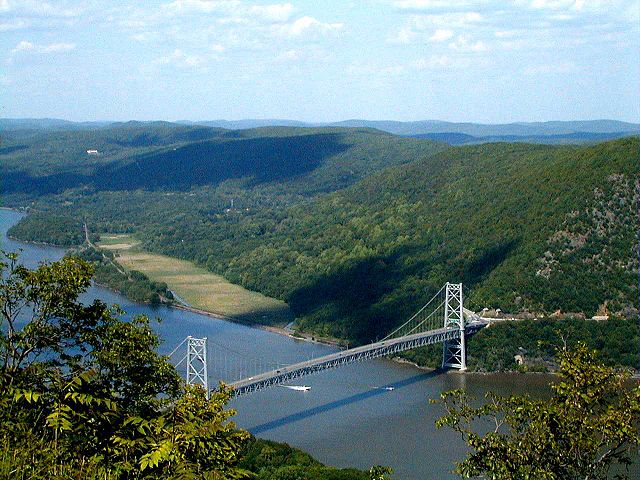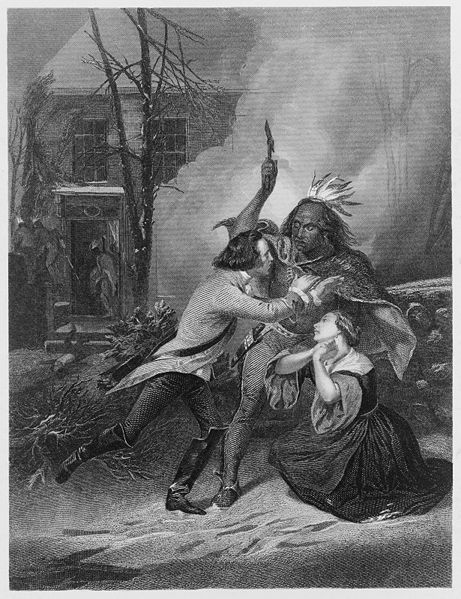The Erie Canal is a historic canal in upstate New York that runs east–west between the Hudson River and Lake Erie. Completed in 1825, the canal was the first navigable waterway connecting the Atlantic Ocean to the Great Lakes, vastly reducing the costs of transporting people and goods across the Appalachians. In effect, the canal accelerated the settlement of the Great Lakes region, the westward expansion of the United States, and the economic ascendancy of New York State. It has been called "The Nation's First Superhighway."
Tugboat at Lock E33 in Rochester
The Mohawk Valley, running east and west, cuts a natural path between the Catskill Mountains to the south and the Adirondack Mountains to the north.
Governor DeWitt Clinton, champion of the canal
Profile of the original canal
Upstate New York is a geographic region consisting of the area of New York State that lies north and northwest of the New York City metropolitan area. Although the precise boundary is debated, upstate New York excludes New York City and Long Island, and most definitions of the region also exclude all or part of Westchester and Rockland counties, which are typically included in downstate New York. Major cities across upstate New York from east to west include Albany, Utica, Binghamton, Syracuse, Rochester, and Buffalo.
The Fulton Chain of Lakes, a chain of eight lakes in Adirondack Park
Bear Mountain Bridge crossing the Hudson River, as seen from Bear Mountain, which connects northern Westchester and Rockland counties in southeastern upstate New York.
Cherry Valley massacre
The Battle of Plattsburgh in the War of 1812 depicted in an 1816 engraving








